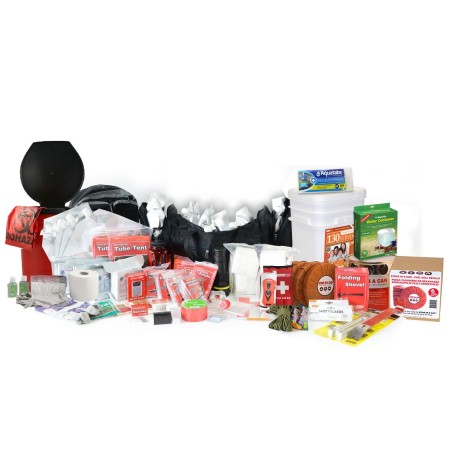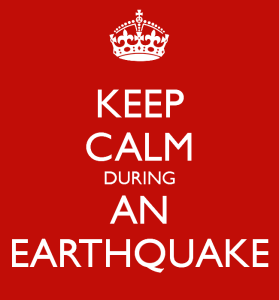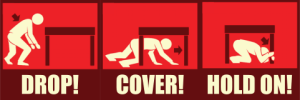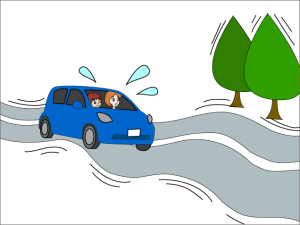Skip to: 

What to do DURING an earthquake
Skip to: Make A Plan
Wherever you are when an earthquake starts, take cover immediately. Move a few steps to a nearby safe place if need be. Stay there until the shaking stops.
If you are indoors: “DROP, COVER, HOLD ON”
- Stay inside.
- Drop under heavy furniture such as a table, desk, bed or any solid furniture.
- Cover your head and torso to prevent being hit by falling objects.
- Hold onto the object that you are under so that you remain covered.
- If you can’t get under something strong, or if you are in a hallway, flatten yourself or crouch against an interior wall.
- If you are in a shopping mall, go into the nearest store.
- Stay away from windows, and shelves with heavy objects.
- If you are at school, get under a desk or table and hold on. Face away from windows.
- If you are in a wheelchair, lock the wheels and protect the back of your head and neck.
If you are outdoors
- Stay outside.
- Go to an open area away from buildings.
- If you are in a crowded public place, take cover where you won’t be trampled.
If you are in a vehicle
- Pull over to a safe place where you are not blocking the road. Keep roads clear for rescue and emergency vehicles.
- Avoid bridges, overpasses, underpasses, buildings or anything that could collapse.
- Stop the car and stay inside.
- Listen to your car radio for instructions from emergency officials.
- Do not attempt to get out of your car if downed power lines are across it. Wait to be rescued.
- Place a HELP sign in your window if you need assistance.
- If you are on a bus, stay in your seat until the bus stops. Take cover in a protected place. If you can’t take cover, sit in a crouched position and protect your head from falling debris.
AVOID the following in an earthquake
- Doorways. Doors may slam shut and cause injuries.
- Windows, bookcases, tall furniture and light fixtures. You could be hurt by shattered glass or heavy objects.
- Elevators. If you are in an elevator during an earthquake, hit the button for every floor and get out as soon as you can.
- Downed power lines – stay at least 10 metres away to avoid injury.
- Coastline. Earthquakes can trigger large ocean waves called tsunamis.
What to do:
NOTE: The information above and on the linked pages (Before an earthquake, After an earthquake) are reproduction copies of official work published by the Government of Canada and are not produced in affiliation with or with the endorsement of the Government of Canada.





